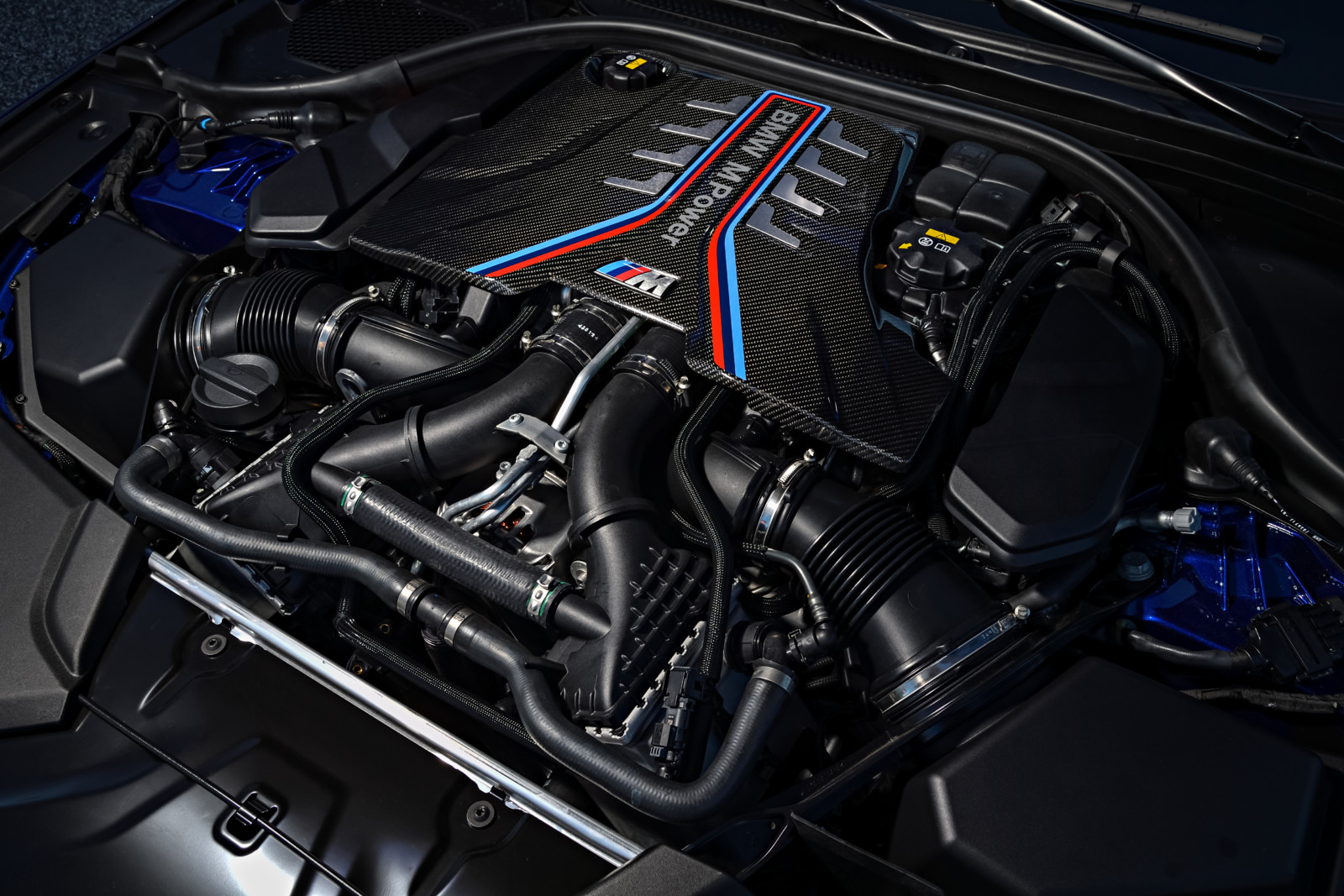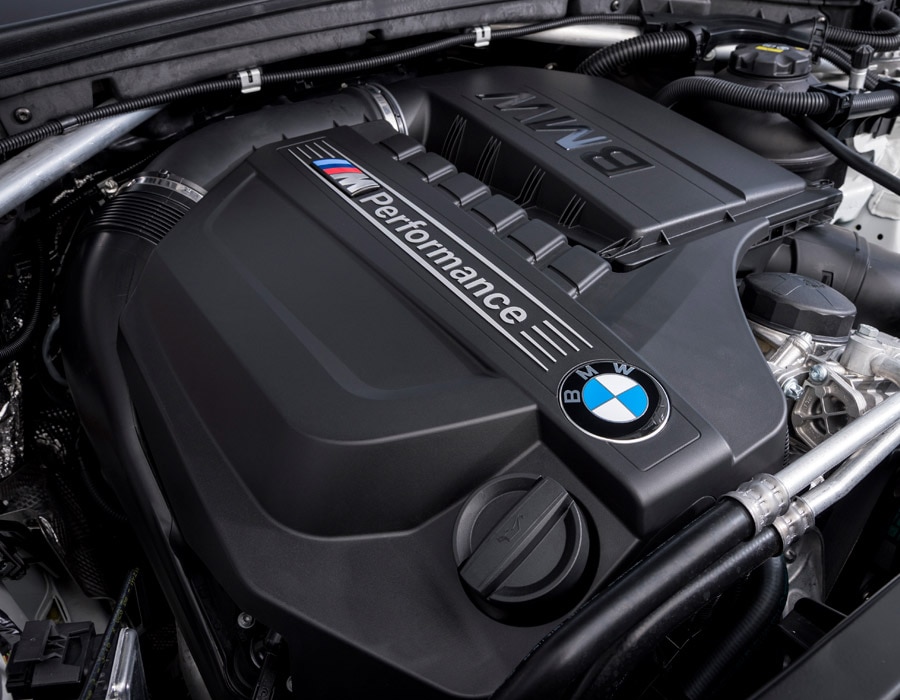Discovering the Advancement of Combustion Engines in Modern Transportation Solutions
As we browse the landscape of modern transport, the advancement of burning engines stands as a testimony to human resourcefulness and design expertise. The interplay of background, modern technology, and ecological issues in forming the trajectory of combustion engines develops a narrative that is both engaging and informative.
Early Beginnings of Combustion Engines
Just how did the principle of burning engines first emerge in the early stages of transport advancement? The roots of burning engines can be mapped back to the 17th century when the concepts of inner combustion were initial discovered.
The breakthrough minute came with the innovation of the initial successful gasoline-powered engine by Karl Benz in 1885 - bmw engine. This engine led the means for the development of the contemporary car, changing transportation systems worldwide. Succeeding developments by Nikolaus Otto and Gottlieb Daimler further fine-tuned combustion engine technology, resulting in the automation of vehicles and the quick development of the transport industry
These very early burning engines were defined by their simpleness and performance, laying the foundation for the complex and powerful engines made use of in modern transport systems. The evolution of combustion engines has actually contributed fit the way we take a trip and carry goods, marking a significant milestone in the history of transport advancement.
Shift to Internal Combustion Modern Technology
The change to internal combustion modern technology marked a pivotal change in the development of transport systems. This change started in the late 19th century, with developers like Nikolaus Otto and Gottlieb Daimler establishing the initial effective internal combustion engines. These engines revolutionized transport by offering a more effective and efficient option to steam engines and electric motors.
One of the crucial benefits of internal burning engines was their capability to be reduced to suit vehicles, resulting in the advancement of automobiles and motorcycles. This shift from bulky, stationary engines to compact, mobile ones led the way for the contemporary transportation systems we see today.
The shift to interior combustion technology likewise spurred innovations in gas technology, leading to the growth of gasoline and diesel as primary fuel sources for automobiles. This change not only made transportation extra available to the masses but also laid the structure for the oil and gas sector to end up being important to international economic climates.
Influence of Combustion Engines on Transport
The fostering of burning engines in transportation systems militarized an extensive shift in the performance and rate of worldwide mobility. Burning engines changed transport by giving a functional and trusted source of power for various vehicles, including autos, vehicles, ships, and airplanes. This technology substantially improved the ability for items and individuals to move over fars away in shorter period, resulting in raised connection between regions and nations.
In addition, the widespread usage of burning engines has had a substantial effect on financial development. The capacity to transport goods effectively has stimulated profession and business, allowing services to expand their markets and get to customers worldwide. This has helped with financial growth and globalization, as items can currently be carried quicker and in larger amounts than ever previously.
Nonetheless, the environmental effect of combustion engines can not be overlooked. The combustion of nonrenewable fuel sources has led to air pollution and greenhouse gas exhausts, adding to environment adjustment and presenting health and wellness risks to populaces. bmw engine. Therefore, there is an expanding focus on establishing alternative propulsion modern technologies to alleviate these negative results and develop a more sustainable future for transportation
Advancements in Combustion Engine Layout
One noteworthy advancement is the growth of turbocharged engines, which use exhaust gases to drive a turbine that presses incoming air, permitting for more gas to be charred, resulting in raised power result without a considerable boost in engine dimension. Variable shutoff timing systems have actually also changed engine design by maximizing air flow at different engine speeds, boosting both power and efficiency. These advancements collectively contribute to the constant renovation of burning engines in contemporary transport systems.
Future Trends in Burning Engine Growth
With modern technology developments driving constant development, the future of burning engine development is positioned to revolutionize transportation systems internationally. One of the essential fads in burning engine growth is this page the press in the direction of greater performance and reduced discharges.
One more popular trend is the fostering of hybrid modern technologies in combustion engines. Hybrid engines incorporate traditional combustion innovation with electrical power, providing improved fuel effectiveness and lower emissions. As the auto industry changes in the direction of electrification, crossbreed combustion engines are viewed as a transitional service that page connects the gap between traditional lorries and completely electrical ones.
Moreover, the combination of clever innovations, such as artificial knowledge and data analytics, is anticipated to play a significant duty in the future of combustion engine growth. These technologies can optimize engine performance in real-time, causing much more reliable burning procedures and enhanced total automobile performance. Welcoming these future fads will certainly not just drive advancement in burning engine development however also contribute to a more environmentally pleasant and sustainable transportation environment.

Final Thought
Finally, the advancement of combustion engines in modern-day transport systems has been noted by significant advancements in technology and layout. From the very early starts of burning engines to the change to inner burning innovation, these engines have actually had a profound influence on transport. Developments in burning engine style remain to drive progression in this area, with future patterns concentrating on further improving effectiveness and reducing discharges. The future of burning engines in transport looks promising as research and advancement efforts remain to press borders.
The roots of combustion engines can be mapped back to the 17th century when the concepts of inner burning were very first checked out. These engines reinvented transport by offering a more efficient and effective option to heavy steam engines and electrical motors.
